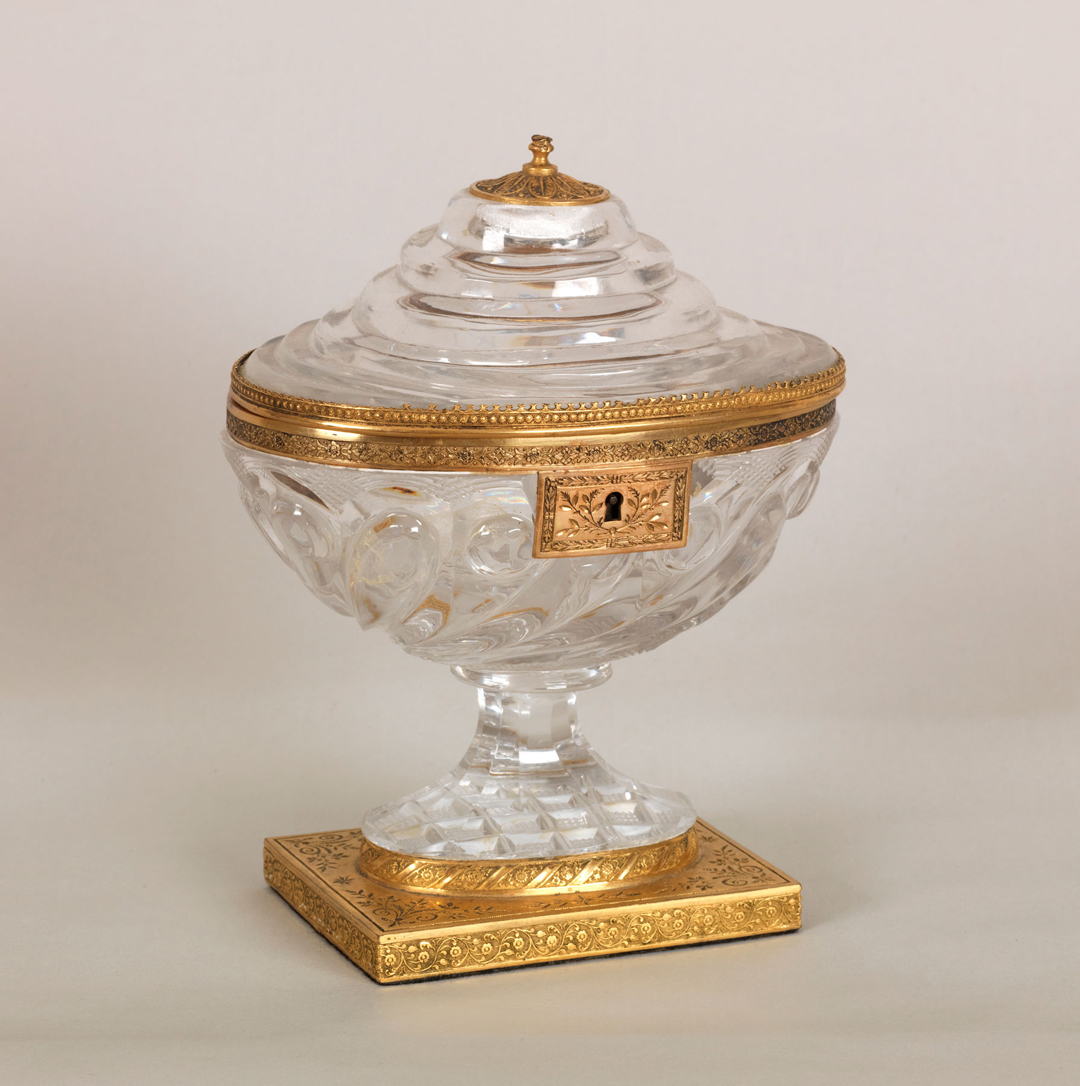Learn more about nineteenth-century Hudson River School landscape paintings and colonial furniture collected by philanthropists Lora Robins (1912–2010) and her husband E. Claiborne Robins, Sr. (1910–1995). These items were displayed in their home Clear View, located in Richmond, Va. The Robins family bequeathed the house and its contents to the Virginia Historical Society. This feature represents the first time that this personal collection has been publicly displayed.
For the Love of Beauty: The Collections of Lora and Claiborne Robins was on display at the VMHC from March 12 – February 11, 2013.




